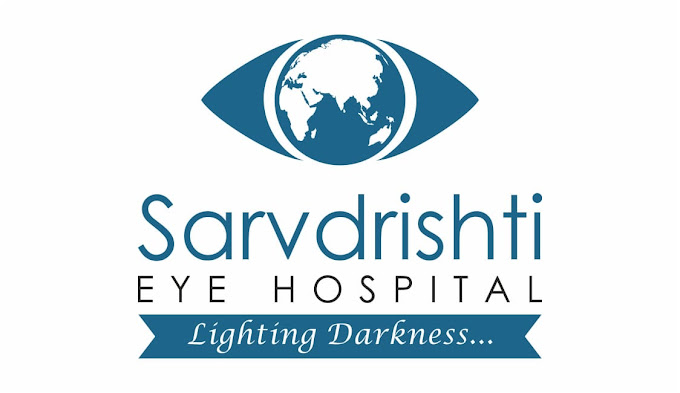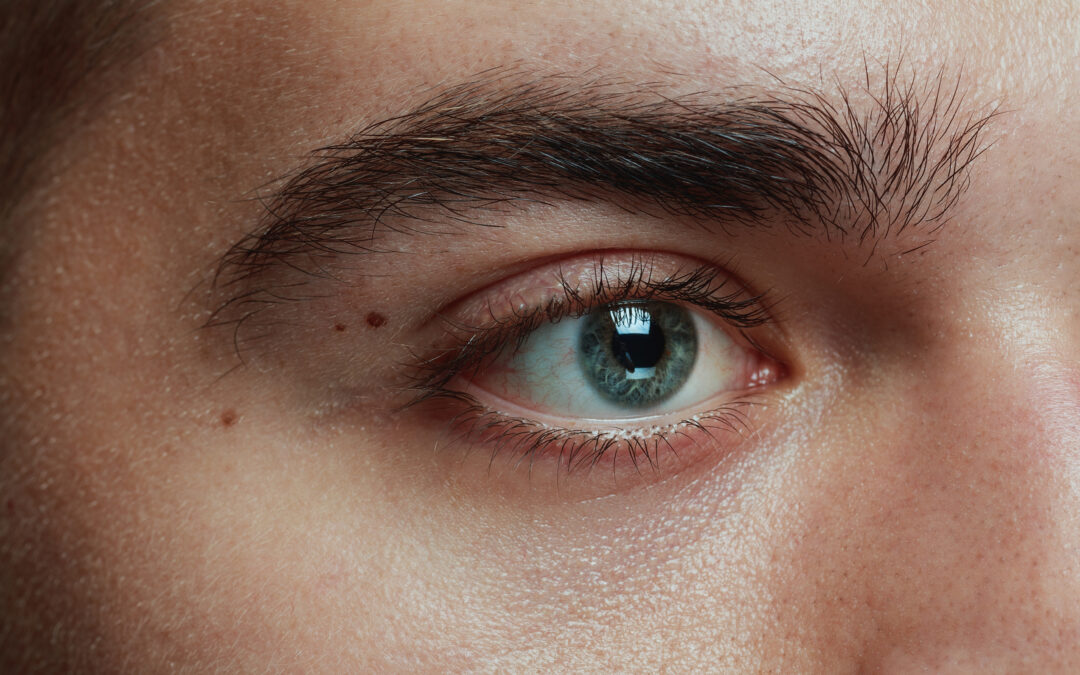Cataracts: Symptoms, Causes, and Treatment
Cataracts represent a prevalent eye condition, particularly among the elderly, characterized by the clouding of the eye’s natural lens. This cloudiness obstructs the passage of light to the retina, impairing vision. Understanding the symptoms, causes, and treatment options for cataracts is crucial for timely intervention and management.
Symptoms:
- Blurred Vision: One of the most common symptoms of cataracts is blurred vision. As the cataract progresses, it can cause increasing blurriness, making it difficult to see fine details or read small print.
- Sensitivity to Light: Individuals with cataracts often experience heightened sensitivity to light, particularly glare from sunlight or bright indoor lighting. This sensitivity can cause discomfort and interfere with daily activities.
- Difficulty Seeing at Night: Cataracts can impair night vision, leading to difficulties driving at night or navigating in low-light conditions. Objects may appear dim or shadowed, making it challenging to discern obstacles or road signs.
- Altered Color Perception: Cataracts can cause colors to appear faded, dull, or yellowish. This alteration in color perception can affect one’s ability to appreciate and distinguish between different hues.
- Double Vision: In some cases, cataracts can cause double vision or multiple images in one eye. This phenomenon, known as monocular diplopia, occurs when light is scattered or refracted unevenly due to the presence of a cataract.
Causes:
- Aging: The primary cause of cataracts is age-related changes in the structure and composition of the eye’s lens. Over time, the proteins within the lens may clump together, forming cloudy areas that obstruct vision.
- Genetic Factors: While aging is the predominant risk factor for cataracts, genetic predisposition can also play a role in their development. Individuals with a family history of cataracts may have an increased likelihood of developing the condition.
- Medical Conditions: Certain medical conditions, such as diabetes, hypertension, and obesity, can elevate the risk of cataracts. Chronic diseases that affect metabolism or blood flow to the eyes can accelerate the formation of cataracts.
- Eye Trauma: Traumatic injuries to the eye, including blunt force trauma or penetrating injuries, can damage the lens and contribute to the development of cataracts. Prompt treatment and management of eye injuries are essential for minimizing the risk of cataract formation.
- Environmental Factors: Prolonged exposure to ultraviolet (UV) radiation from sunlight is a known risk factor for cataracts. UV radiation can induce oxidative stress and damage the proteins in the lens, hastening the development of cataracts.
Cataracts: Symptoms, Causes, and Treatment
Treatment:
- Prescription Eyewear: In the early stages of cataracts, prescription glasses or contact lenses may help improve visual clarity by compensating for the refractive errors caused by the clouding of the lens.
- Cataract Surgery: Cataract surgery is the most effective treatment for advanced cataracts that significantly impair vision. During the procedure, the cloudy lens is surgically removed and replaced with an artificial intraocular lens (IOL). Cataract surgery is a safe and commonly performed outpatient procedure with a high success rate and rapid recovery.
- Lifestyle Modifications: Adopting healthy lifestyle habits, such as wearing sunglasses to protect against UV radiation, maintaining a balanced diet rich in antioxidants, and managing underlying medical conditions, can help slow the progression of cataracts and preserve vision.
- Regular Eye Exams: Routine eye exams are essential for detecting cataracts in their early stages and monitoring changes in vision over time. Early intervention and timely treatment can prevent cataracts from significantly impacting visual function and quality of life.
conclusion, cataracts are a prevalent eye condition characterized by the clouding of the eye’s lens, leading to vision impairment. Understanding the symptoms, causes, and treatment options for cataracts is crucial for early detection and appropriate management. By addressing cataracts promptly through interventions such as prescription eyewear or cataract surgery, individuals can maintain optimal visual health and quality of life.
Cataracts: Symptoms, Causes, and Treatment

